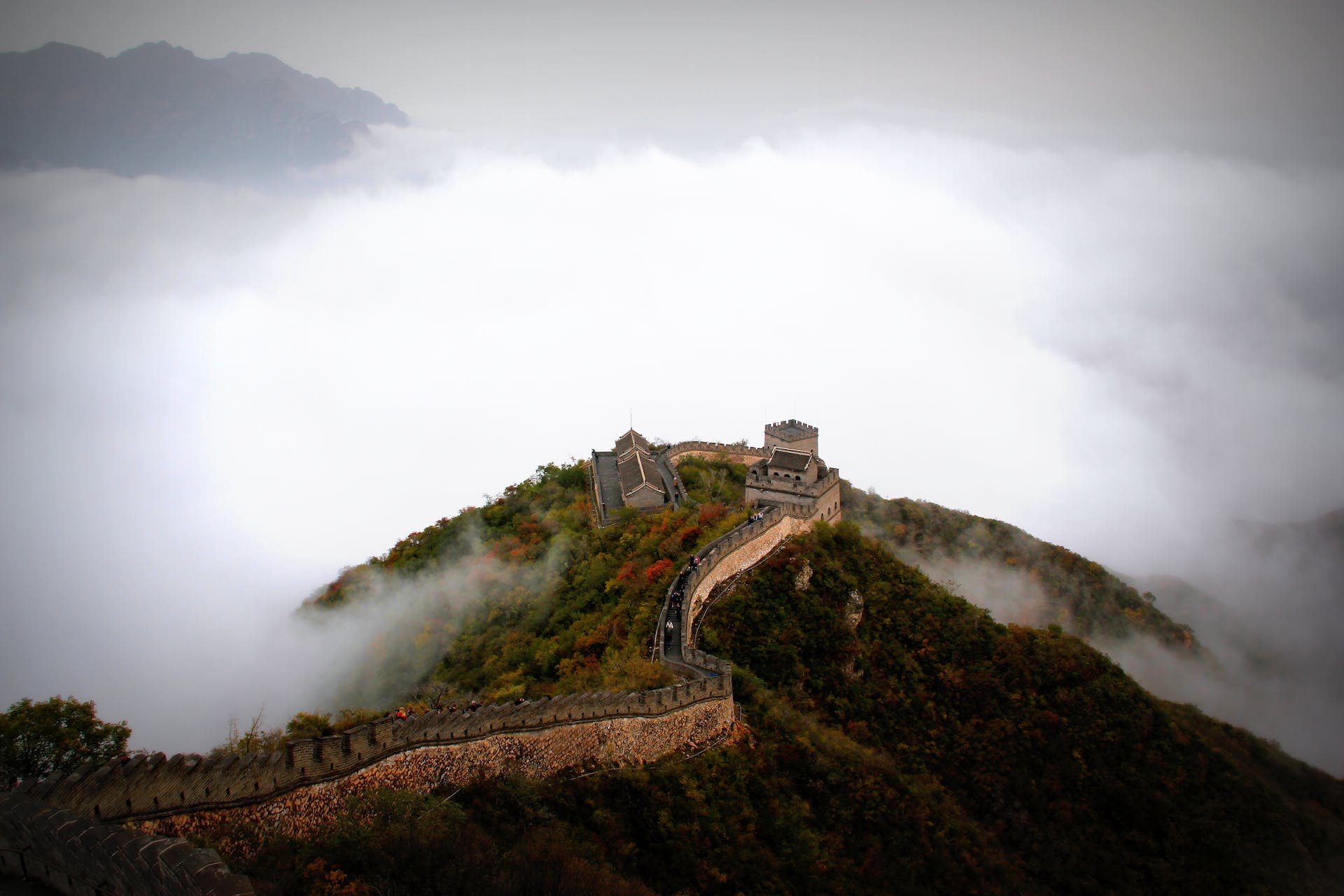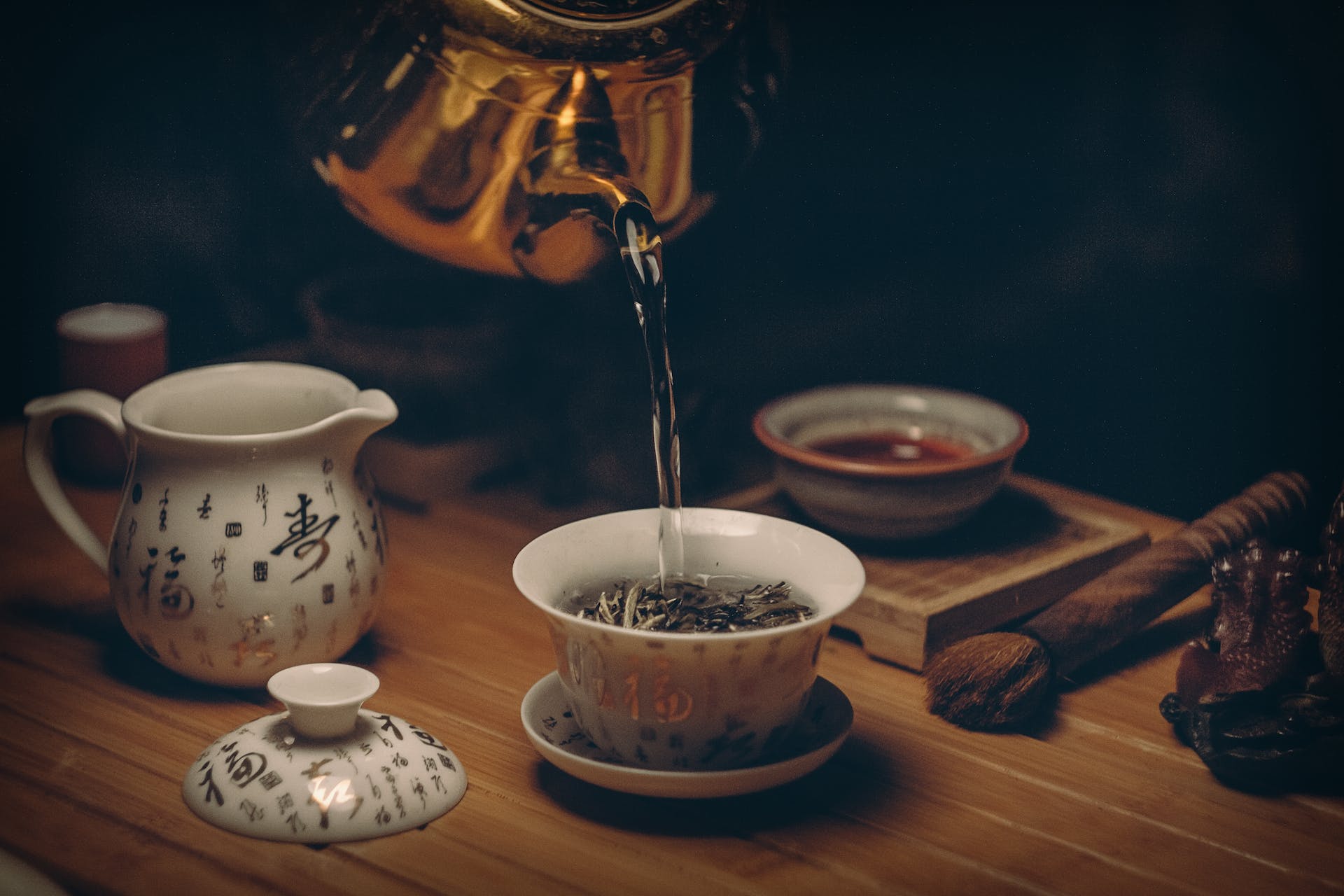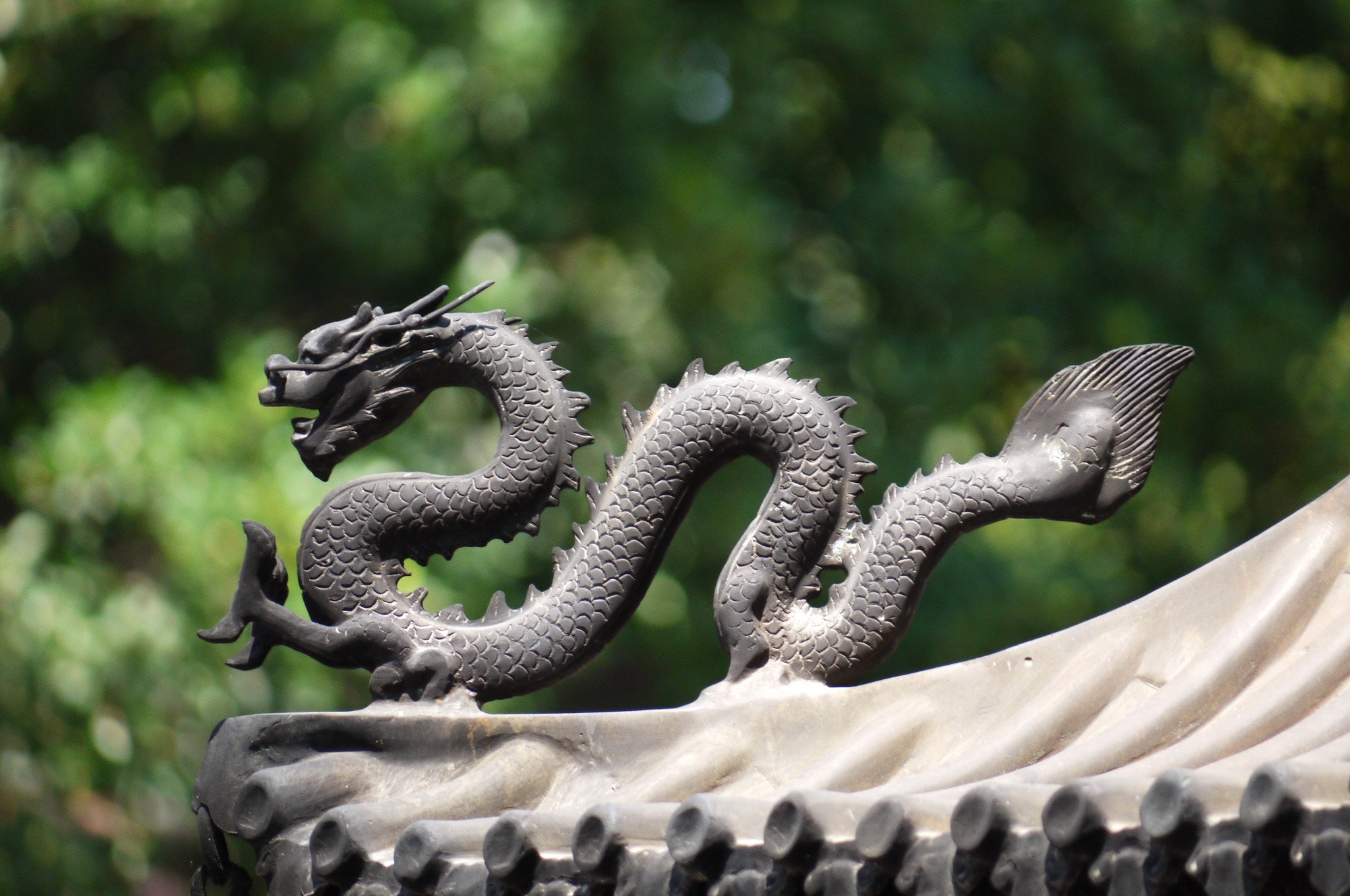The Needless (and Dangerous) Mystification of China

By Joel Petersson Ivre
Contributor
30/7/2020

I think it was during my second year of high-school, when one day my tennis partner Markus proudly rolled up his sleeve to show the Chinese characters 马克思 tattooed on his arm.
“I heard you study Chinese,” he said. “This is my name. Can you read this?”
I had in fact only studied Chinese for a few months at the time, but I politely inspected the characters, black standard computer font engraved on white skin, like a three-dollar scroll of souvenir calligraphy at Beijing International Airport.
Luckily for me, I recognized the first character, which meant “horse,” and I happily told him as much. He made a long face, rolled down his sleeve, and walked back out to the center court while our coach, who had listened in on the conversation, gave an exaggerated, neighing laugh.
It was only later that I learned that although those three characters (pronounced ma-ke-si) were in fact a decent transliteration of “Markus”, they are more commonly known as the standard way to spell “Marx,” the founding father of communism.
What neither he nor I (nor our laughing coach) appreciated at that point was that this was purely functional use of Chinese characters, not unlike the way that Japanese katakana is used as a writing system for transliteration of foreign languages. The character 马 for horse is simply the most common way of transliterating the syllable ”ma” from any language into Chinese. I’ve since lost touch with Markus, but I like to think his accidentally Marxist tattoo would give him a warm welcome in Communist China, if he ever went.

Picture Credit: Stiller Beobachter
I think about this story sometimes, especially when Westerners casually invoke Chinese characters, wisdom, and verbiage — without understanding the actual meaning — simply to lend an air of mystique or depth to art or ideas that are either vacuous and mundane, or that simply aren’t Chinese at all. Sometimes, this mystification has amusing results. Sometimes, it’s downright dangerous.
***
If you’ve ever worked in business, found yourself in the audience of a motivational talk, or scrolled far enough through your LinkedIn-feed you may have come across the following nugget of supposedly ancient Eastern wisdom:
“The Chinese word for ‘crisis’ is made up of the words for opportunity and danger.”
If you’re not Chinese, you may even have paused to ponder how insightful these Chinese are, recognizing that behind every danger lies in fact a golden opportunity. They have such a different mindset!

There is just enough half-truth behind this PowerPoint-friendly phrase that it can pass muster. But the whole truth is that it’s based on an incomplete understanding of the Chinese language, does not teach us anything about Chinese culture, and should probably not inform our business strategies.
The word crisis in Chinese, weiji, is made up of the two characters wei 危 and ji 机. The half-truth here is that wei does mean danger, and ji is a part of the word jihui which does mean opportunity, but by itself, ji means “crucial point.” The connotation is neutral, and it is only by adding “danger” — wei — to it that it conveys the usual understanding of crisis: a dangerous moment.
Victor H. Mair, Professor of Chinese Language and Literature at the University of Pennsylvania explained that there is nothing “ancient” about the word weiji either. While it has been used with the meaning of “latent danger” since around the 3rd century AD, it did not begin to signify “crisis” until it was borrowed into Japanese, and then reentered the Chinese language around the turn of 20th century.
This illustrates another apparent misconception about the Chinese language: that the meaning of its mysterious characters is somehow fixed forever and cannot change meaning over time. If that was the case, Chinese would be unique indeed, but just like any other language, it evolves and changes with time and usage.
Ivanka Trump, the daughter of US President Donald Trump once made reference to a Chinese proverb on Twitter:
“Those who say it can not be done, should not interrupt those doing it.”
This confused many, especially Chinese, who had no idea what proverb she was referencing. There are some Chinese proverbs that express a similar sentiment, but according to the blog Quote Investigator, the actual English saying seems to have originated as an unattributed quote in an American humor magazine in 1903, and only began to be described as a Chinese proverb attributed to Confucius in the 60s, but then clearly as a joke.
As Rabbit Hole’s editor-in-chief Shaun Tan has pointed out, Westerners like to invoke Confucius in particular to explain certain aspects of Chinese culture or politics, apparently without having read his texts. Of course, even Chinese leaders invoke Confucius to justify their own rule, which is all the more reason not to get lazy.
***
In the West, ancient Chinese wisdom becomes a kind of metaphor or narrative device, explained Larry Herzberg, Professor of Chinese Language at Calvin University, who has written several books on Chinese language and culture together with his wife Xue Qin (who declined to be interviewed for this essay). The couple has more than 40 years of experience teaching Chinese to Western students.
In the West, ancient Chinese wisdom becomes a kind of metaphor or narrative device.
Sun Tzu’s classic work The Art of War is probably the most well-known example of ancient Chinese wisdom being used primarily as a narrative device. The book was originally conceived as a treatise on warfare in ancient times and has been studied in China for millennia. It was first translated into French in the 18th century but did not receive much attention in the West until the 20th century.
Although historians have debunked persistent rumors that Napoleon studied The Art of War, the book appears on more modern military reading lists published by the United States Marine Corps and in 2009, and the Institute for National Strategic Studies organized a conference on how to best teach the text at American military academies. Indeed, The Art of War undoubtedly has timeless value as a military text. It’s easy to see how its two main lessons “all warfare is based on deception” and “supreme excellence consists in breaking the enemy’s resistance without fighting” can be equally well applied to the modern battlefield as it could to the battlefields of the Eastern Zhou period (770-256 BC).
What is more puzzling, however, is the way The Art of War constantly crops up in management and business literature. Sure, there may be an element of deception to modern business, but what does “breaking the enemy’s resistance” even mean in a business context?
Can books like Sun Tzu and the Art of Business or The Art of War for Small Business: Defeat the Competition and Dominate the Market with the Masterful Strategies of Sun Tzu really add value to our understanding of business, or do these books simply use The Art of War to justify and legitimize some pretty standard business advice? I suspect the latter. In the foreword to The Art of War for Executives: Ancient Knowledge for Today’s Business Professional, author Donald G. Krause wrote:
Sun Tzu’s model for effective organizations could come from one of today’s management journals. His “natural organization” exists to serve a defined purpose; it is information-centered; and it is flexible. These three characteristics appear among those commonly associated with the most successful organizations existing now.
In other words, Krause uses The Art of War to legitimate a point that was already common business advice. He’s not imparting any new insights drawn from ancient Chinese wisdom to his readers; it’s all rehashed business lingo, wrapped in a thin veneer of Chinese-ness.
Like the example of weiji at the beginning of this essay, Chinese wisdom like The Art of War is only invoked in business when it fits the capitalist designs of the invoker. It is data made to fit theory; not theory generated from data.
Businessman Gerlad A. Michaelson claimed that the idea for the book Sun Tzu – The Art of War for Managers: 50 Strategic Rules came to him when he attended an international symposium on business applications of The Art of War in Beijing, arranged by then-Premier Li Peng. During the late 80s and 90s, the Chinese Communist Party held several such seminars to draw Western businessmen to China. The Party certainly knows how to selectively use China’s cultural heritage to attract badly needed foreign capital.
***

But what’s the problem if Western business people use Chinese philosophy to peddle shallow business literature? People making silly mistakes, cultural faux pas, or poor business decisions should be squarely on them, right?
Indeed, Professor Herzberg believed that mystification used to be a problem, but today the West knows much more about China. The problem today isn’t so much mystification as it is demonization of China and Chinese people, he said.
But I think the two things are linked, because shallow understanding of China stemming from its mystification has already taken hold in the worst possible place: the current US administration. And this is no longer about the occasional tweet by Ivanka Trump.
Shallow understanding of China stemming from its mystification has already taken hold in the worst possible place: the current US administration.
When US President Donald Trump began putting together his China team, he needed someone to justify his tough stance on China. He found that person in Michael Pillsbury, Director of the Hudson Institute, who he called “the leading authority on China.”

Michael Pillsbury (Picture Credit: Web Summit)
The source of Pillsbury’s authority, and his appeal to Donald Trump, was his 2015 book The Hundred-Year Marathon: China’s Secret Strategy to Replace America as the Global Superpower. The book’s central claim is that the People’s Republic of China has been developing a secret plan since the 1950s to overtake the United States by 2050. Pillsbury argued that Mao Zedong had drawn extensively on ancient Chinese texts to devise a clever plan, using ancient strategic maxims of deception and denial, such as those found in The Art of War.
“Well, I don’t listen to conspiracy theories,” Professor Herzberg laughed, when I brought it up.
But conspiracy theory or not, The Hundred-Year Marathon has formed the “intellectual architecture of Trump’s China policy,” which is unfortunate, because its core argument is almost certainly bogus. In a scathing review of Pillsbury’s book, Harvard professor and China scholar Alistair Iain Johnston pointed out that Mao barely studied ancient military thought, except to criticize it for being feudal. And there was no direct reference to Mao ever talking about a 100-year plan, except when he used “hundred years” figuratively, to mean “a very long time.”
The idea of the hundred-year marathon is born from a superficial understanding of Chinese strategic thinking and a misreading of its philosophy. But it is readily accepted by those who seem to think that China, by virtue of being a 5,000-year-old civilization is somehow more predisposed to think long-term, as opposed to the West, which thinks in election cycles and quarterly reports. (As Ben Chu, author of Chinese Whispers: Why Everything You’ve Heard About China is Wrong, has pointed out, the idea that China is a 5,000-year civilization is in itself a recent invention by the Chinese Communist Party, which often indulges in mystification too.)
If the United States believes China has a secret, long-term plan to usurp its position, it’s going to act like it. This dynamic now underpins the dramatic unraveling of relations between the two superpowers. One does not have to be a China dove — I am not — to recognize that that there’s a range of goals and outcomes that China could pursue between remaining an insular regional power and becoming the supreme hegemon.

Don’t get me wrong. China is mysterious. But not because of some inherent ancient quality of its culture, language, or philosophy. The real mysteries of China hide behind questions that savvy PowerPoint-slides or handwavy references to Confucianism cannot answer. They are more mundane and material: How many people in China live in poverty? What is China’s GDP anyway? Who holds power?
In the West, knowledge about China is often still as skin-deep and shallow as a tattoo. To answer the real, hard questions about China, pseudointellectual references to ancient wisdom (or supposed ancient wisdom) will not do. You should study its history, but not draw simplified conclusions or be misled by propaganda. You should be skeptical when encountering businesspeople posing as philosophers or linguists. And you should at least use Google Translate before permanently engraving your ignorance into your arm for the world to see.
